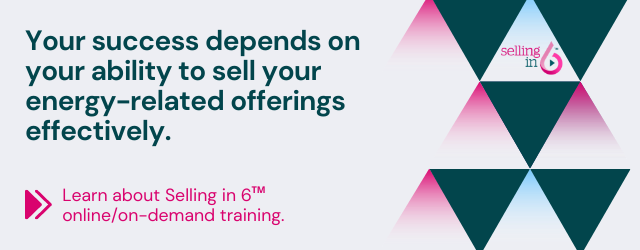The simplest definition of an elevator pitch is explaining in 15 seconds or less how you can create value for your prospect. Sounds simple, right? Sometimes that isn’t the case.

Here are some tips to help you craft an effective elevator pitch:
- Don’t assume an elevator pitch is a sales pitch. It isn’t. The only thing you’re selling is the right to continue your conversation with this person. Maybe you’re selling your right to make an appointment with them. Either way, the point is that you aren’t selling your product or service in those fifteen seconds. Not yet.
- Remember that this first conversation should be on a human level. They don’t want you to be repeating written copy or parroting a mission statement. This needs to be an intelligent interaction that’s memorable and intrigues them enough to ignite a conversation.
- Make personal references. If someone asks, “What do you do for a living?” you could reply, “Well, my son thinks I make ice cubes for a living, but I’m actually a VP for an industrial refrigeration company.” That usually starts the conversation with a little chuckle and makes things relatable.
- Say as little as possible until you ask a few questions. I often tell people to keep a quiver of elevator pitches that are precisely sharpened and gauged to hit a variety of targets. You want to know if you’re talking to a CFO rather than a Chief Sustainability Officer, a plant manager, a chief engineer and so on. The more you know about your listener, the more effective your pitch can be.
- Keep it concise and pace yourself. It’s important to be relaxed. At the same time, be aware of your immediate surroundings. Speak at the appropriate volume so the person can hear you.
- Put passion into what you’re saying. People want to do business with people who enjoy what they do for a living. The last thing they want is a drone who is justifying their paycheck.







